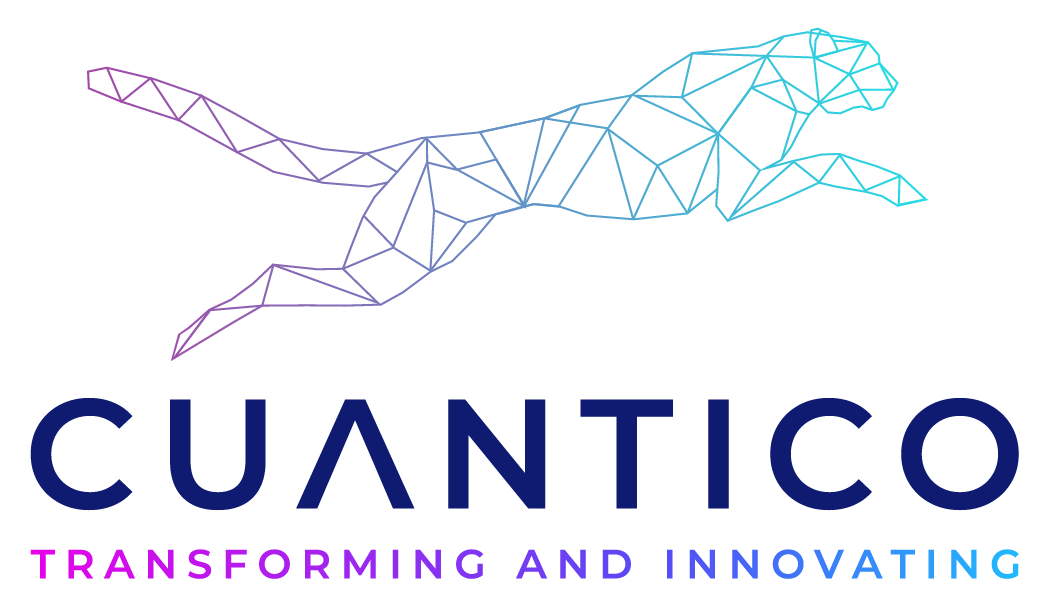In a world where demands for efficiency, transparency and sustainability are increasing, the GovTech (government technology) industry emerges as a transformative element in public administration. According to the World Economic Forum (WEF) report titled “The Global Public Impact of the GovTech Industry: A $9.8 Trillion Opportunity,” this industry has the potential to revolutionize the way governments operate and engage with their citizens. This article analyzes the key figures and trends that highlight the importance of this sector.
GovTech refers to the integration of technological products and services in public institutions. Although government digitalization is not a new concept, advances in artificial intelligence (AI), data analytics and digital platforms have opened new opportunities to modernize public administration. Since the 1970s, when governments began implementing isolated technologies, until today, integrated systems such as digital identity and electronic payments have become the norm. Estonia leads the way with 99% of its public services digitized, while the United Kingdom estimates saving $1.3 trillion by 2025 thanks to its digital strategies.
An Expanding Market with Massive Potential Impact: The GovTech industry is projected to reach a value of $1.42 trillion by 2034, growing at 8% annually. Its potential global impact is estimated at $9.8 trillion dollars, thanks to improvements in efficiency, transparency and sustainability in public services.
The GovTech market is projected to reach $1.42 trillion by 2034, growing at 8% annually. This increase will be driven by the advancement of technologies such as artificial intelligence and cloud computing, in addition to social pressure for public services to be as accessible as those of private companies. By 2024, the market is estimated at $610 billion, marking a solid start toward its impressive projection.
GovTech has the potential to deliver $9.8 trillion in public impact by 2034 through three key pillars. First, efficiency gains, with projected savings of $5.8 trillion dollars thanks to process automation and resource optimization. Secondly, transparency gains, which seek to reduce corruption and increase accountability, generating an estimated impact of $1.1 trillion dollars. Finally, sustainability gains, which rely on digitalization to reduce environmental impact, contributing to savings of $2.9 trillion dollars. A clear example of this impact is Azerbaijan, where the e-visa system reduced processing times from days to just three hours.
Countries such as Estonia (99% of digitalized services), Ukraine (Diia app used by 70% of the adult population) and Colombia stand out as success stories in GovTech. Colombia leads Latin America with the best Digital Government index according to the OECD and Brazil has more than 4,000 digital services that benefit 140 million citizens. It is highlighted that Colombia recently launched the largest open data-based AI initiative in the entire region (IA Territories).
Various countries are leading the way in the implementation of GovTech. In Azerbaijan, the ASAN system processes more than 400 online services, eliminating bureaucracy and improving the citizen experience. Bahrain has achieved 89% adoption of digital services through its Sijilat 3.0 platform, which streamlines business processes. In Brazil, the government’s digital strategy covers more than 4,000 services, benefiting 140 million citizens. In Latin America, Colombia stands out as the country with the best Digital Government index according to the OECD. In 2022, Colombia ranked third globally in digital inclusion and accessibility, reflecting its commitment to the modernization of public services and recently launched the largest open data-based AI initiative in the entire region (Territorios IA), a project led by Natalia del Pilar Albañil Riaño in the Ministry of Information and Communications Technologies and developed by the Francisco José de Caldas District University and the AI research company for GovTech Cuantico. Germany has also made significant progress, developing an interoperable GovTech market to foster public-private collaboration. Malaysia has managed to digitize 70% of its public services thanks to its digital roadmap, while in Rwanda, the IremboGov platform facilitates access to 250 government services, from health insurance to visas. For its part, Ukraine has created the Diia app, used by 70% of the adult population, which centralizes 30 services and has generated savings of $500 million dollars.
However, implementing GovTech presents significant challenges. Key barriers include legacy infrastructure, which limits the adoption of new technologies, and challenges related to data security and privacy, crucial to maintaining public trust. Furthermore, finding a balance between private innovation and public control is essential to foster effective collaboration. To overcome these obstacles, the report recommends promoting strategic leadership in GovTech, investing in scalable and secure digital infrastructure, and fostering digital literacy to ensure inclusion.
The impact of GovTech is undeniable. With a potential of $9.8 trillion, it not only improves the efficiency of public services, but also redefines the relationship between governments and citizens. Global success stories demonstrate that, with leadership and collaboration, it is possible to overcome challenges and seize this historic opportunity. GovTech is not just technology; It is a catalyst for a more inclusive, sustainable and connected future.

